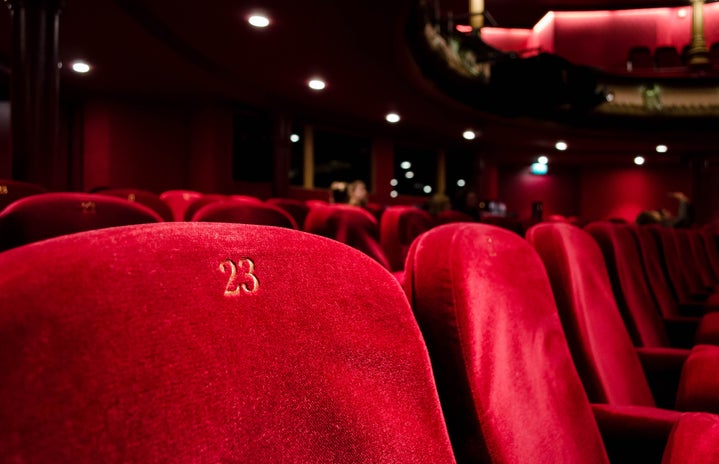As the 21st century has evolved to encompass a growing plethora of technological advancements, our relationships— especially those dependent on these advancements— have evolved in response.
Decades ago, there existed an impenetrable barrier demarcating civilian and celebrity life. You might walk into a movie theatre, spend two hours with an actor, then walk out. As such, the extent of your relationship existed only within the confines of the physical space in which you interacted.
But as society has progressed beyond material restraints to a limitless digital landscape, this boundary between fantasy and reality has since blurred. Nowadays after watching a movie with your favourite actor, you might pull out your phone, and boom, there they are: the first post on your Instagram feed.
It seems for all intents and purposes celebrities have come to occupy a liminal space between stranger and veritable friend. Indeed, seeing their image online is not dissimilar to the relationship you might keep with a middle-school classmate; liking their posts, taking note of familiar names in the comments, and observing as they grow, all from the peripheral position social media has afforded you.
Unlike your middle-school classmate however, hundreds of hours of video footage exists online to interact with celebrities. Movies, youtube interviews, social media… Never before has excessive consumption of a human ideal been made so accessible. And in many respects, these parasocial relationships are far easier to navigate than those in real life, as your subjective interpretation of a person will never be challenged by the person themself.
This figment of your imagination is also devoid of any of the concomitant responsibilities of a real person. There are no commitments, misunderstandings or disagreements to be had, as you alone are free to define the parameters of the relationship. And whilst gorging yourself on a person who is unaware of your existence, your feelings are validated by the mobs of others who have recreated this exact relationship in their heads, too.
But parasocial as they are, these relationships are not entirely unreciprocated. As social media has become increasingly formidable over the past two decades, celebrities have become increasingly dependent on their fanbase in a manner that is historically unprecedented. Influencers are now not only expected to publicly exhibit their relationship via photos online, but also feel obligated to divulge their breakup status through an Instagram story announcement (or if the breakup was particularly malicious, by unfollowing each other). Many of them cite their fans as having been “part of the journey” as one of the reasons for why they chose this method of public disclosure, as though millions of people occupying a space for two is not at all cause for concern. Some celebrities will even publicly feud with each other in an effort to garner public favour. And as they attempt to fruitlessly appeal to a faceless audience, the individuals within that audience attempt to bridge the gap between them, neither side realizing the other cannot provide that which they so desperately seek.
Social media has not lifted the veil of transparency on celebrity culture— it has instead exacerbated all the worst effects of parasocial relationships. And while both parties may have become increasingly dependent on each other, these relationships remain just as disingenuous, inefficacious, and distant as they’ve always been.


